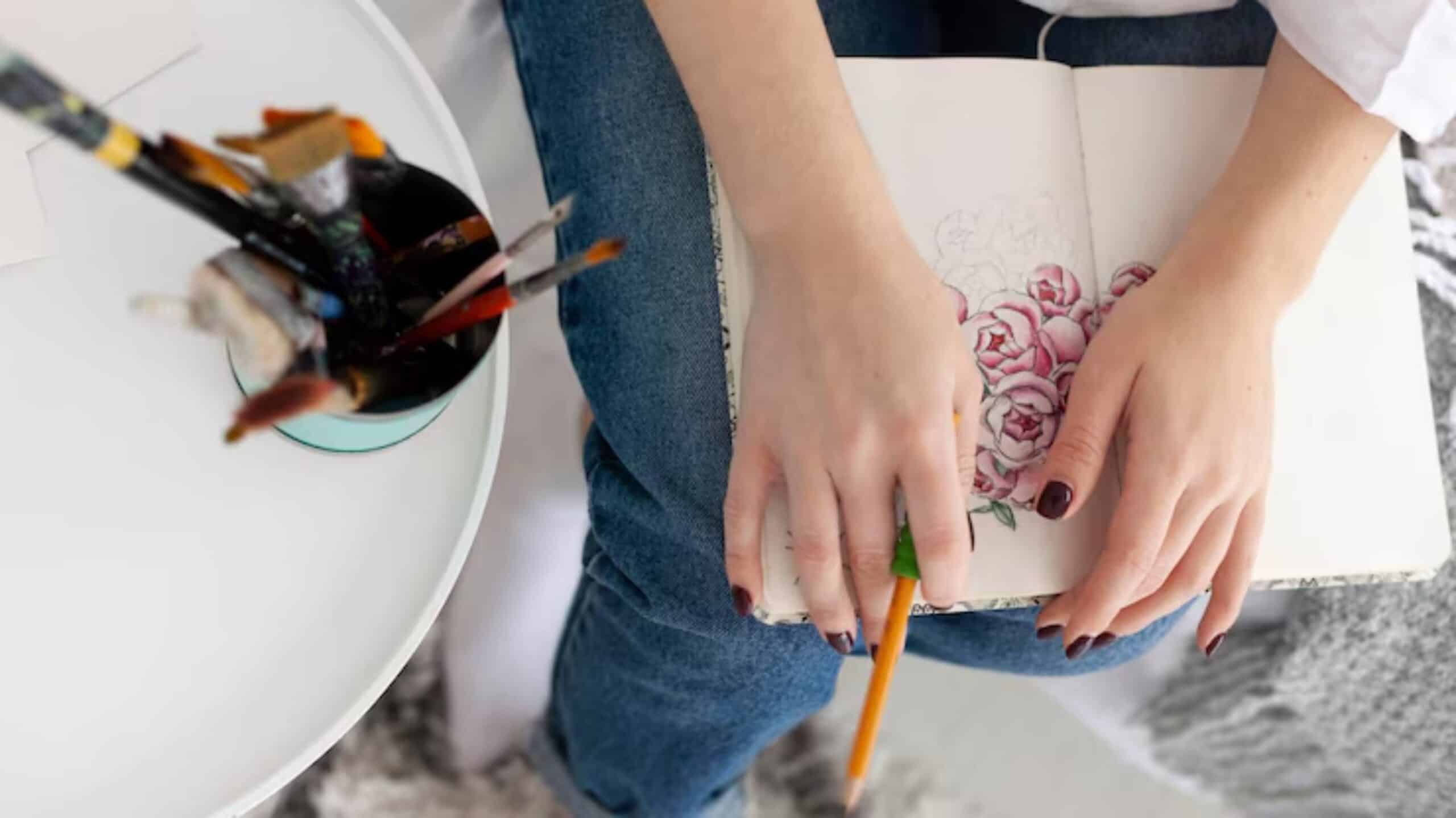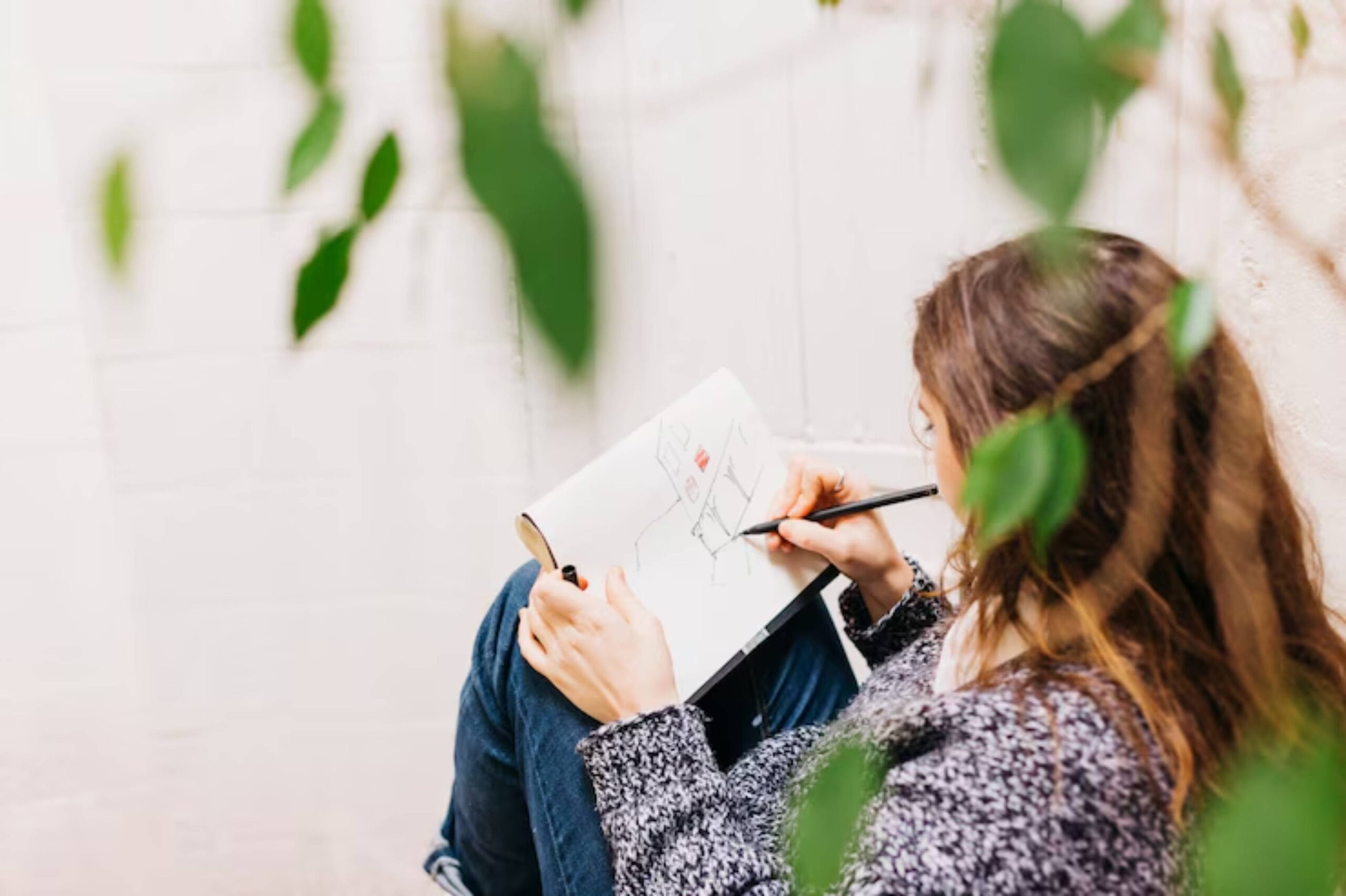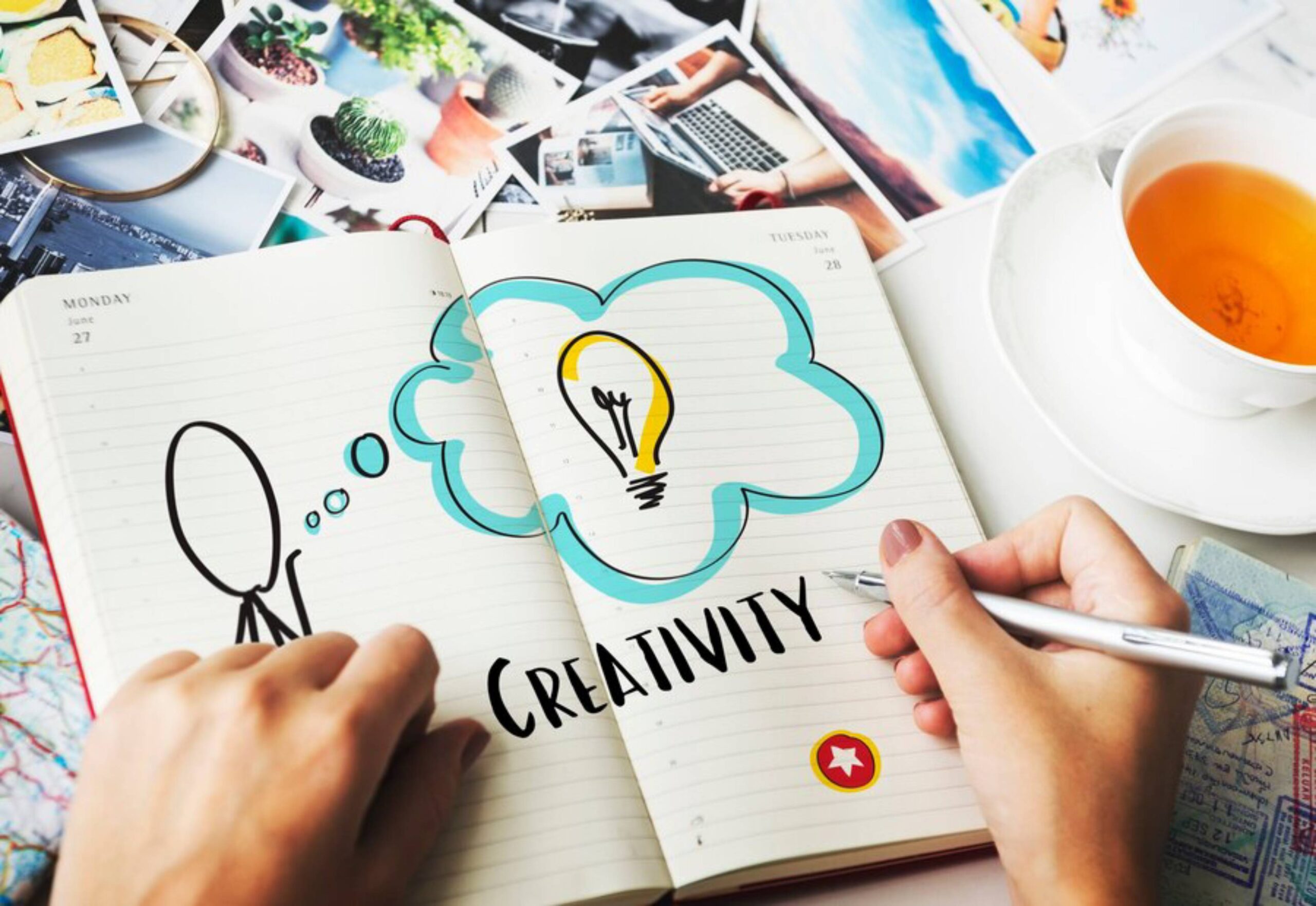
Art Journaling for Self-Discovery and Growth
Sometimes words aren’t enough. You feel something deeply — joy, grief, confusion — but can’t find the language to express it. That’s where art steps in. Through colour, imagery, and texture, you can explore parts of yourself that traditional journaling can’t always reach.
Art journaling is the perfect fusion of creativity and introspection. It’s not about artistic skill — it’s about self-connection. Whether you’re collaging your thoughts or sketching your emotions, the process helps unlock powerful emotional growth techniques that lead to self-awareness and healing.
In this article, you’ll discover how to use art journaling ideas to foster creative self-expression and personal growth — no paintbrush mastery required.
What Is Art Journaling?
Art journaling is a visual form of journaling that combines writing, drawing, collage, painting, and other creative elements to explore thoughts and feelings. It lives somewhere between a diary and a sketchbook.
Unlike traditional writing journals, art journals rely on imagery, colour, and mixed media to communicate what’s going on inside you.
Common elements include:
- Sketches or doodles
- Watercolour, ink, or acrylic paint
- Magazine clippings and collage
- Stamps, stencils, and stickers
- Short phrases or poetic lines
- Abstract visual storytelling
There are no rules — just the goal of authentic, emotional exploration.

Why Art Journaling Supports Self-Discovery
Creative expression allows us to bypass logic and tap into emotional truth. The process of creating art is inherently meditative and reflective — it slows the mind, awakens curiosity, and brings subconscious thoughts to the surface.
Key benefits of art journaling for self-growth:
- Improves emotional awareness: Art allows you to feel first, and analyse later
- Releases inner tension: Expressing emotions visually can be deeply cathartic
- Supports trauma healing: Non-verbal expression is especially helpful when words are hard to find
- Encourages mindfulness: The tactile process of art pulls you into the present moment
- Enhances clarity and insight: Images can reveal patterns or emotions that writing alone might miss.
Getting Started: Simple Art Journaling Ideas
You don’t need a fine arts degree or expensive tools. All you need is a notebook, basic materials, and the willingness to create.
Try these beginner-friendly art journaling ideas:
1. Emotion Colour Wheel
Pick colours to represent emotions you’re feeling and use them to fill a page, through swirls, shapes, lines, or brushstrokes.
2. College Mood Board
Tear out magazine images, textures, and words that reflect your current mindset or goals. Glue them into a spread and let the meaning unfold visually.
3. Abstract Self-Portrait
Using only shapes and colours, create a page that reflects how you feel today — no faces or realism needed.
4. Visual Diary
Instead of writing “I’m tired today,” show it. Use muted colours, repetitive lines, or jagged edges to reflect mood without words.
5. Prompt-Based Pages
Start with a prompt like “What does growth look like?” or “What am I letting go of?” Then, respond visually with mixed media.
Art Journaling Techniques for Emotional Growth
Looking to go deeper? These emotional growth techniques combine creativity with self-reflection.
Technique 1: Dual-Entry Pages
Use one side of the page for imagery and the other side for written reflection. For example, paint how anger feels — then write about what triggered it.
Technique 2: Layering Emotions
Create a background with one feeling (e.g. sadness), then paint or collage over it with another (e.g. hope). This teaches emotional complexity.
Technique 3: Journey Mapping
Draw a visual timeline of your emotional growth — include setbacks, milestones, and turning points. Use symbols and metaphors.
Technique 4: Symbolic Objects
Create a page focused on one object (a tree, ocean, key, etc.) and use it as a metaphor for an aspect of your inner life.
Learn how visual journaling turns emotions into art for even more intuitive emotional practices.
How to Make Art Journaling a Personal Growth Habit
Like any journaling practice, consistency brings the greatest impact, but it doesn’t mean daily pressure. The goal is presence, not perfection.

Building a creative habit:
- Designate time: Even once or twice a week can create powerful shifts
- Keep your tools visible: An open sketchbook invites exploration
- Use prompts when stuck: Simple questions like “What’s taking up space in my heart?” can spark insight
- Create a ritual: Light a candle, play music, or have tea while you journal
- Review old entries: Revisit pages monthly to notice changes, themes, or emotional progress
Real-Life Reflection: When Art Unblocked Healing
Jasmine, 39 – Social Worker Jasmine struggled with burnout and emotional exhaustion. Words felt empty, so she started layering acrylic paints over scribbled thoughts in a sketchbook. “I didn’t realize how much I was carrying until I saw it on the page,” she said. “It wasn’t pretty, but it was real.”
Kunal, 24 – Grad Student Kunal began drawing abstract visuals of his anxiety during exam season — twisting lines, greys, and tangled shapes. “When I look back now, I can see the storm. But I can also see when the light started coming through.”
Their stories show that art journals aren’t about beauty — they’re about truth, growth, and safe emotional expression.
Common Misconceptions About Art Journaling
MythTruth“I’m not artistic enough.”No skill is required. This is expression, not perfection.“It’s just for creatives.”It’s a tool for anyone seeking insight and clarity.“I don’t have time.”Even 10–15 minutes of visual journaling can be transformative.“It’s childish.”Using colour and image is a sophisticated way to process complex emotions.
Let go of judgment. You don’t need to earn your way into healing.
Conclusion: Discover Yourself, One Page at a Time
Art journaling isn’t about mastering technique — it’s about showing up for yourself. It gives you permission to be messy, to feel deeply, and to transform confusion into clarity through creative self-expression.
Whether you’re scribbling your sadness, collaging your dreams, or painting your fears, each page becomes a mirror. Over time, it reveals who you are, where you’re growing, and what still needs healing.
If words aren’t working, try colours. If emotions feel stuck, try layers. The answers aren’t always logical, but they are always inside you.
So grab a brush. Tear up some paper. Let your soul make marks that words alone can’t carry.